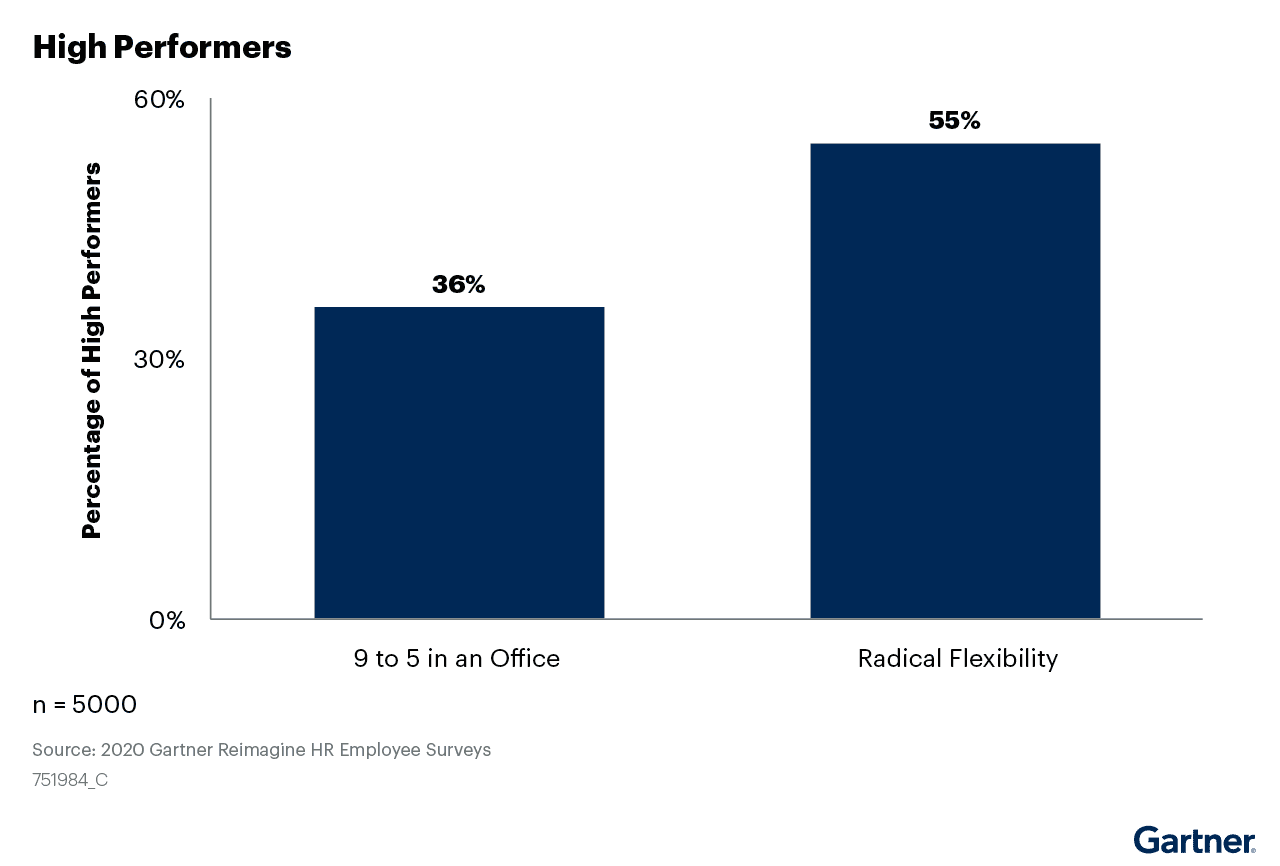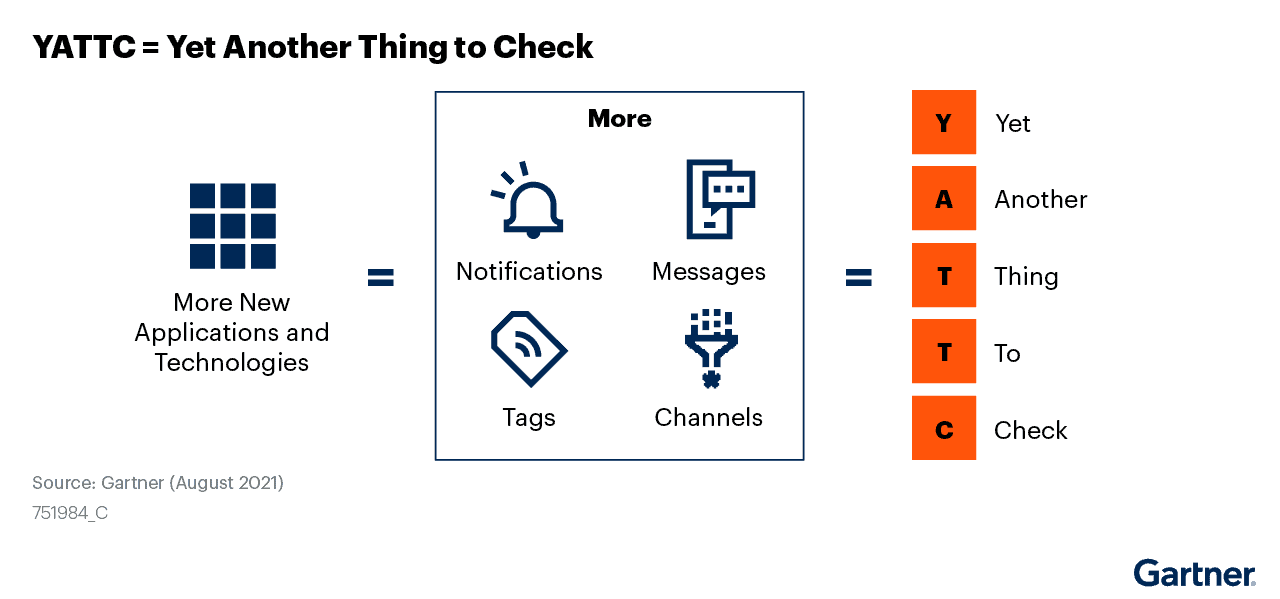The future of work is digital and will inevitably require new processes, skills and technologies. While transforming the workplace to a digital environment, it will be crucial to prioritize the satisfaction, efficiency and growth of employees.
Forced by the pandemic to establish new work patterns, it showed that the digital workplace has become an essential aspect of the continuity in business. It is an opportunity and a major challenge at the same time for digital workplace managers to focus on technologies that support flexibility, reduce distractions and provide further education as well as progression in development. The goal is to pick up this new momentum in digital workplace adoption to an actually transforming the way people work.
Let’s have a look at the most important steps digital workplace managers can do to give the best support to their employees in this change:
Encourage Flexibility: Employee Satisfaction
One of the most common reasons employees give for their dissatisfaction at work is an unhealthy work-life balance. To address the issue of employee unhappiness, managers need to shift to a more people-oriented employment and provide radical flexibility in work schedule and technology choices. The traditional 9 to 5 office hours no longer apply in a digital workplace, and companies must be flexible to take care of the needs of their employees. Encouraging flexibility, such as allowing remote work or flexible hours can help employees to manage their work and personal life better, leading to higher job satisfaction and reducing stress.
This people-oriented approach is decisive to the success for sustainable digital transformation of a company.
The Gartner® research finds that flexibility actually fuels high performance. In a traditional, 9-to-5, in-the-office organization, the percentage of employees considered high performers is 19 percentage points lower than in companies where employees have flexibility over when, where and how much they work. Gartner® – 14.09.21, Take these 3 Actions to Make Digital Workplaces Happier, Faster and Smarter, Michael Woodbridge, Adam Preset,
GARTNER® is a registered trademark and service mark of Gartner®, Inc. and/or its affiliates in the U.S. and internationally and is used herein with permission. All rights reserved.
The following graphic shows the effects of flexibility on the high performance of employees.
Develop a Smart Technology Strategy: Employee Efficiency
The role of information technology in companies has undergone a significant transformation in recent years. It has evolved from a separate unit of limited strategic importance to the central engine for all business operations. As response to the changes, which were significantly accelerated by the pandemic, IT departments and those responsible for the digital workplace had to react quickly and have introduced new technologies and innovative solutions within a very short time. However, the increase of information and new technology has led to an overload of the employees and to an abundance of information, forcing employees to cope with a never-ending stream of input. Although each new tool may appear to be a great solution on its own, when combined with the numerous other tools in use, it becomes yet another thing to check (YATTC), as the following graphic shows.
The current challenge managers facing is to relieve the employees struggling to navigate the excessive use of data and technology in the workplace which would lead to difficulty in focusing and decision making. To address this issue and reduce distractions, employers need to:
- Communicate best practices for each application
- Optimize technology for focus
- Prioritize innovation in technology evaluations
Features such as analysis in productivity and bots, pre-filtering information and directing relevant input to the appropriate employees can help simplifying processes, automating repetitive tasks and improving overall workflow. These tools can also lead to better teamwork and enhance productivity by freeing time for each employee to focus on tasks that align with their specific skills.
Enable to Develop New Skills: Employee Growth
Facing the changing requirements of Work, it is essential for managers to strive for tech inclusiveness, build up the skills of employees through community building and to motivate the team through appreciation and incentives.
Establish a Work Hub
A centralized platform or system that integrates various productivity tools can simplify work processes, improve collaborations and transform the way work is handled. By summarizing all necessary tools into a single interface, the Work Hub simplifies the tasks by reducing the need to switch between multiple applications. That is the key for increasing efficiency as it allows users to access and manage their work-related tasks, projects and communication in a centralized position. As a result, employees are keeping the overview and can prioritize their work performance to focus on the most critical areas and really contribute their individual skills.
Develop Digital Literacy
To enhance the digital expertise of all users, managers should consider creating new job roles such as data experts, process innovators and critical thinkers. Encourage the development of the team by offering professional coaching, team workshops and networking events that introduce innovative knowledge systems, promote flexibility and support growth.
Encourage Employee Engagement
Employers must find ways to promote the adoption of new tools and technologies. Establish methods for employees to receive recognition from their workmates, mentors and superiors. When creating communities of exchange, include opportunities for appreciation in this structure. Constant feedback and recognition of success improve communication, increase productivity and enhance decision-making as well as skills in problem-solving. Focusing on the growth of the team, the individual growth and the development motivates and encourages them to achieve better results. Additionally, their perspectives of contributing their skillset to the organization are widened as well.
Essential Key Factors
Managers should implement technology that supports radical flexibility, reduces distractions and provides opportunities for training or professional development while taking a people‑oriented approach to the digital transformation of the workplace. Benefits of creating a digital environment with this approach:
- enhancing the satisfaction of employees, the productivity, and growth
- improving overall performance
- staying competitive in the market
- reducing the risk of turnover
- attracting future talents
To pursue a sustainable future-proof transformation strategy, a balance must be established between adopting the latest technology or tools and considering the needs and capabilities of the individuals using them. This requires ongoing attention and monitoring to ensure that technology enhances the productivity and growth of the team rather than impairing it.



